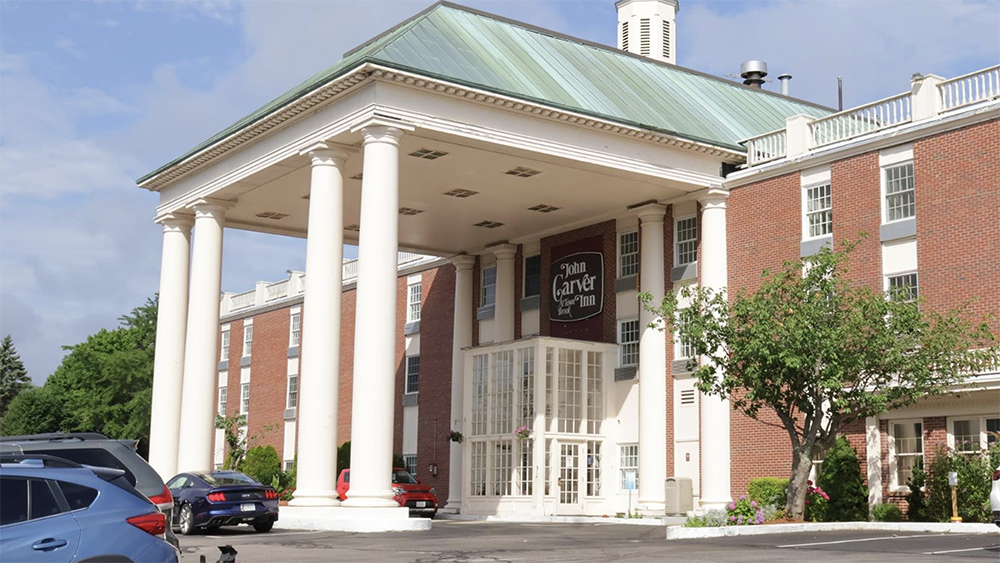Education is critical to community association members - by Wesley Blair
Community Associations Institute (CAI) recommends education and training for the 2.35 million volunteer community association board and committee members across the country, and has approved a new public policy to address the issue of state-mandated training for community association board members.
Being elected to the board of directors of your condominium, co-op or homeowners association is serious business. Today, nearly every state in the U.S. has laws governing the authority of community association boards. CAI encourages any state or local government that’s exploring new legislation and regulations regarding community association board education, including any education requirement, to encourage board members to use the industry’s existing educational resources.
“Educating volunteer board members is essential to the success of the more than 300,000 community associations nationally,” said Dawn Bauman, CAI senior vice president for government and public affairs. “Community associations are governed by neighbors—elected homeowner volunteer leaders who are accountable to their neighbors to set policy for the community. For more than 40 years, CAI has worked to educate and guide these volunteers to better understand their rights and responsibilities as homeowner leaders.”
CAI strongly recommends that associations voluntarily adopt the following practices for the 2.35 million board and committee members working an estimated 78 million hours to serve their communities:
• Each newly elected board member should certify in writing within 90 days following election that he/she has read the association’s governing documents.
• Board members should engage in training to increase their knowledge, professionalism, competence, and effectiveness as leaders of community associations.
• Board and committee members should attest and annually reaffirm that they comply with CAI’s Model Code of Ethics for Community Association Board Members.
• Community association boards of directors should approve a resolution to adopt and comply with CAI’s Community Association Governance Guidelines and CAI’s Rights and Responsibilities for Better Communities and renew that resolution annually.
Links to CAI’s final policy and above referenced resources – Rights and Responsibilities for Better Communities, Model Code of Ethics for Community Association Board Members, and Community Association Governance Guidelines can be found at www.caionline.org.
CAI is a national nonprofit 501(c)(6) organization founded in 1973 to foster competent, responsive community associations through research, training, and education. With more than 34,000 members, CAI works in partnership with 60 chapters to identify and meet the evolving needs of the professionals and volunteers who serve associations by being a trusted forum for the collaborative exchange of knowledge and information and by helping our members learn, achieve, and excel.
Our mission is to inspire professionalism, effective leadership, and responsible citizenship—ideals reflected in associations that are preferred places to call home.
Wesley Blair, III is the 2016 CAI-NE chapter president, and senior vice president at Brookline Bank, Boston, Mass.
Mount Vernon Co. acquires John Carver Inn & Spa in Plymouth, MA

IREM President’s Message: Fostering community connections during the holiday season

Selecting the right façade installation firm - by Steven Powell


.png)






.png)

